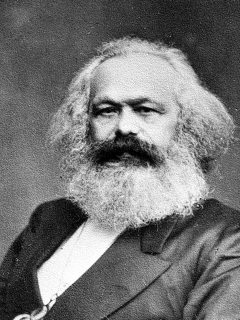
Publication details
Publisher: Springer
Place: Berlin
Year: 2016
Pages: 241-246
Series: Studies in East European Thought
Full citation:
, "Mikhail Lifshits", Studies in East European Thought 68 (4), 2016, pp. 241-246.


Mikhail Lifshits
an enigmatic Marxist
pp. 241-246
in: Andrey Maidansky, Vesa Oittinen (eds), Mikhail Lifshits, Studies in East European Thought 68 (4), 2016.Abstract
Mikhail Lifshits (Lifschitz, Лифшиц, 1905–1983), the Soviet friend and comrade-in-arms of Georg Lukács has for a long time been a neglected figure, remembered in the West mainly for his work The Philosophy of Art of Karl Marx. The English translation of the book was published in 1938. Although it was republished in the 70s with a short but approving foreword by the distinguished English Marxist Terry Eagleton, Lifshits has remained something of a private tip for the few initiated.1 As late as 1997, Stanley Mitchell, who published—at the request of Lifshits’ widow, Lidia Reingardt—in the Oxford Art Journal a long essay on Lifshits’ views on aesthetics and philosophy, repeatedly pondered the question “why is he not known here”(Mitchell 1997, 38). The situation quite obviously puzzled Mitchell, since, given Lifshits’ original interpretation of Marxism, he should have been much more well-known and esteemed not only in Russia, but elsewhere in the world. But no: while Lukács was able to enjoy worldly fame, Lifshits remained in oblivion.
Cited authors
Publication details
Publisher: Springer
Place: Berlin
Year: 2016
Pages: 241-246
Series: Studies in East European Thought
Full citation:
, "Mikhail Lifshits", Studies in East European Thought 68 (4), 2016, pp. 241-246.


